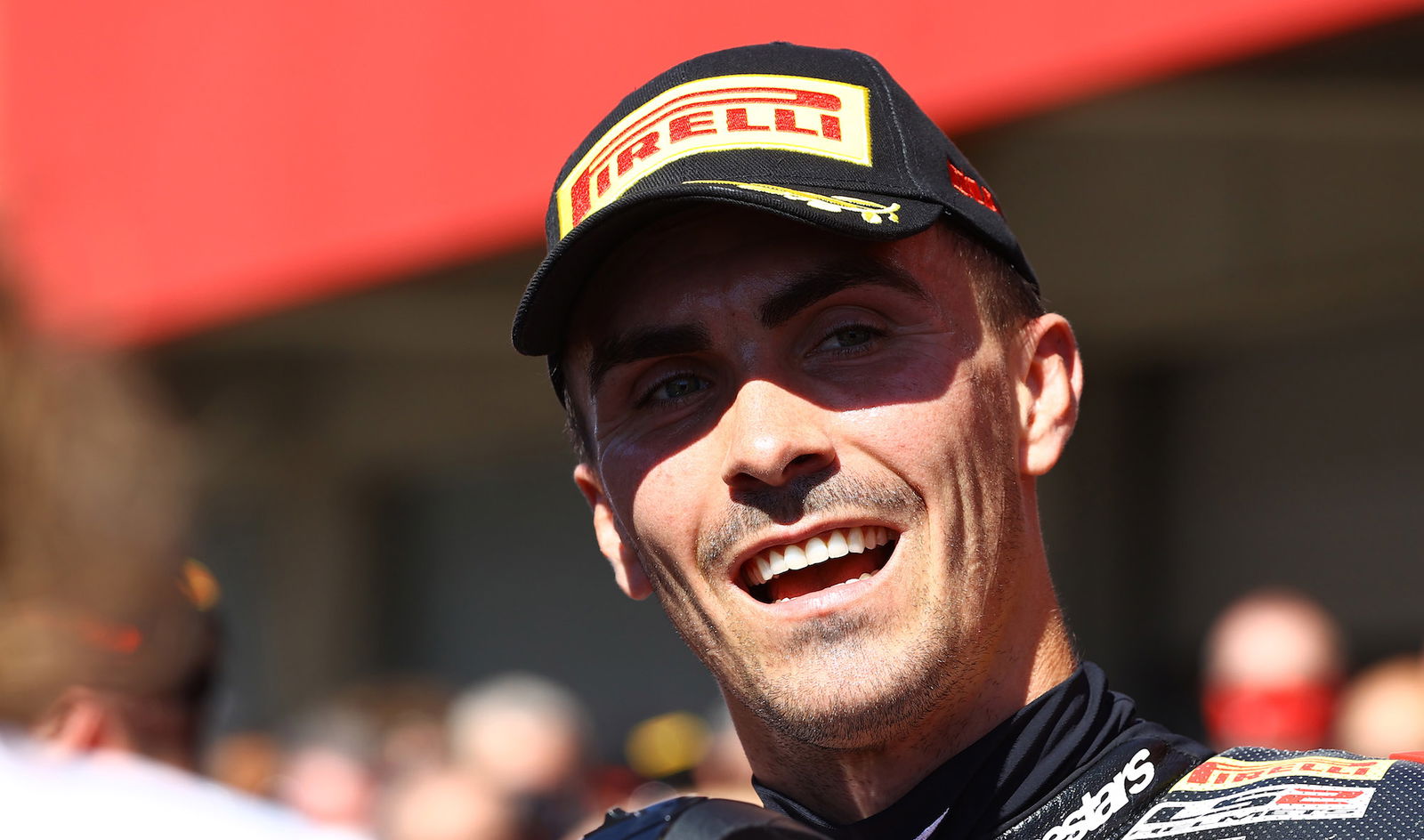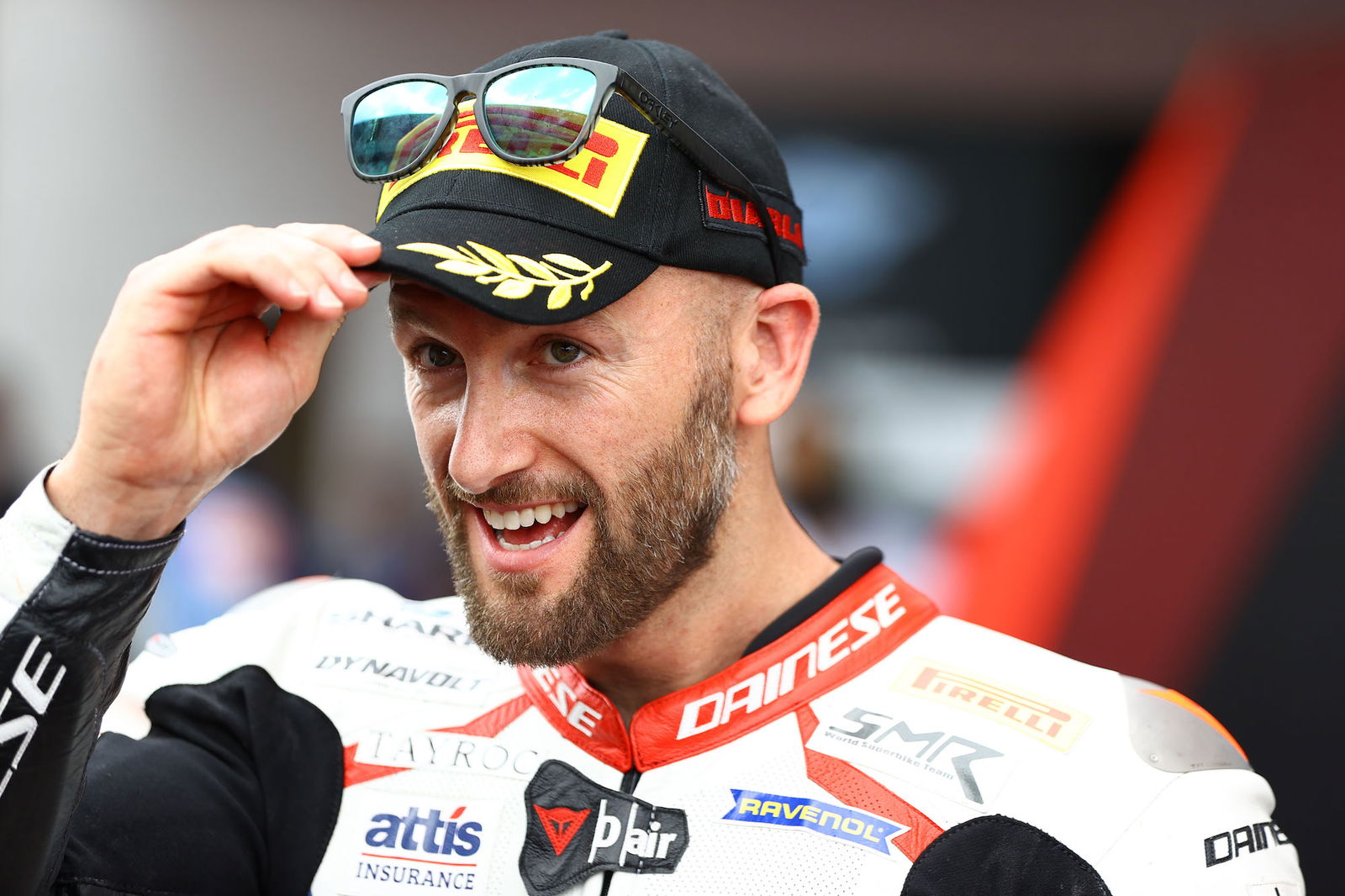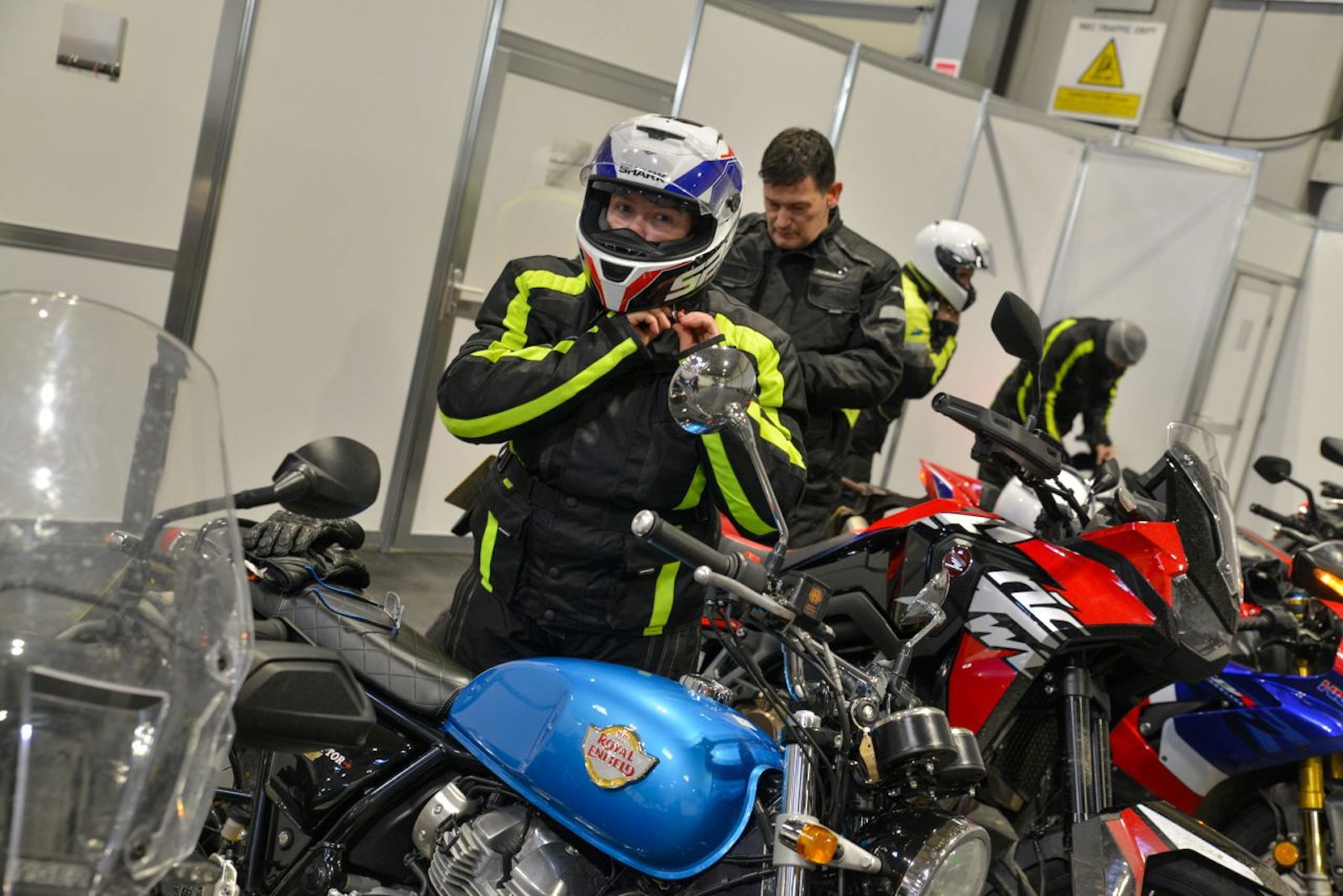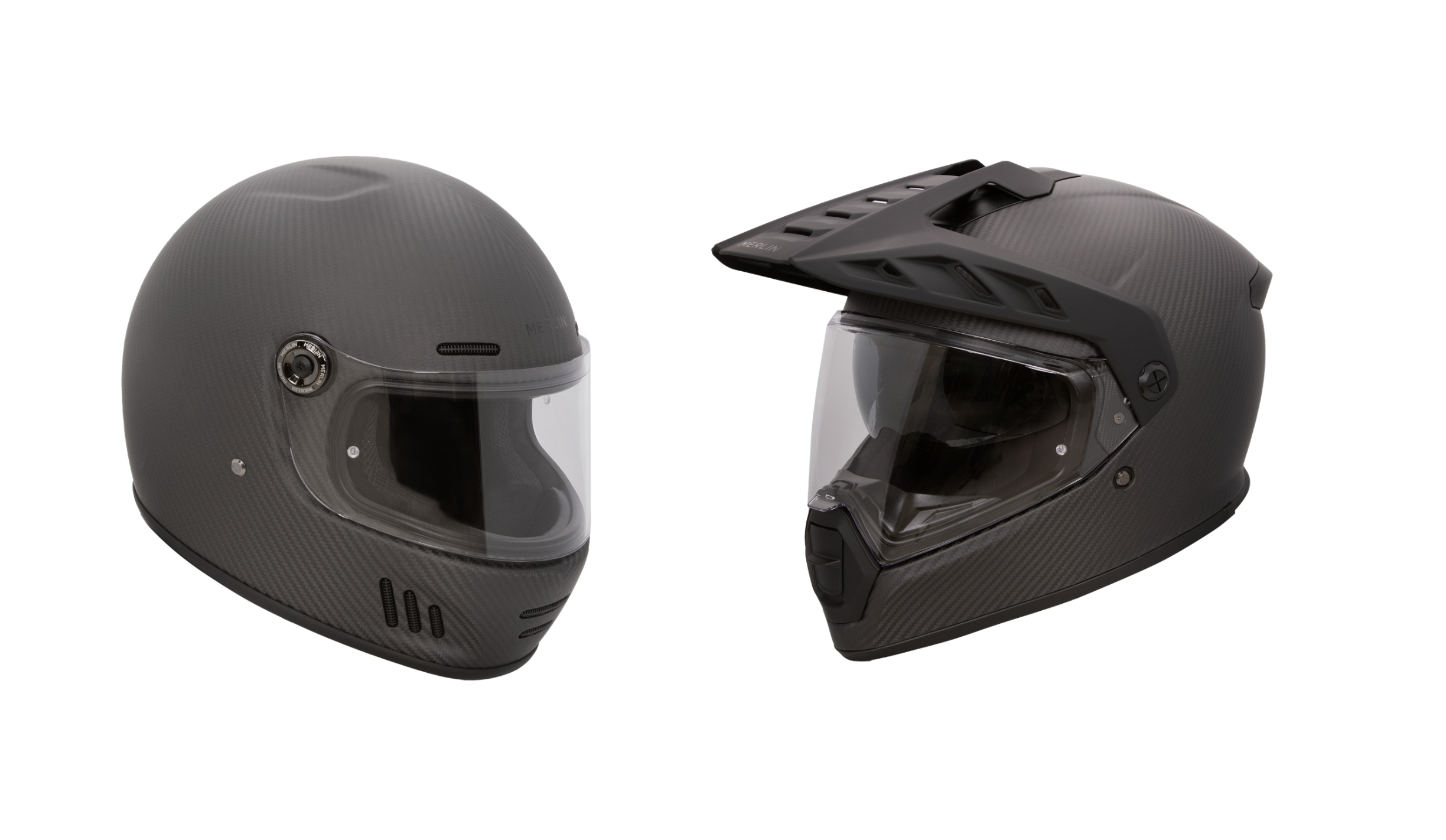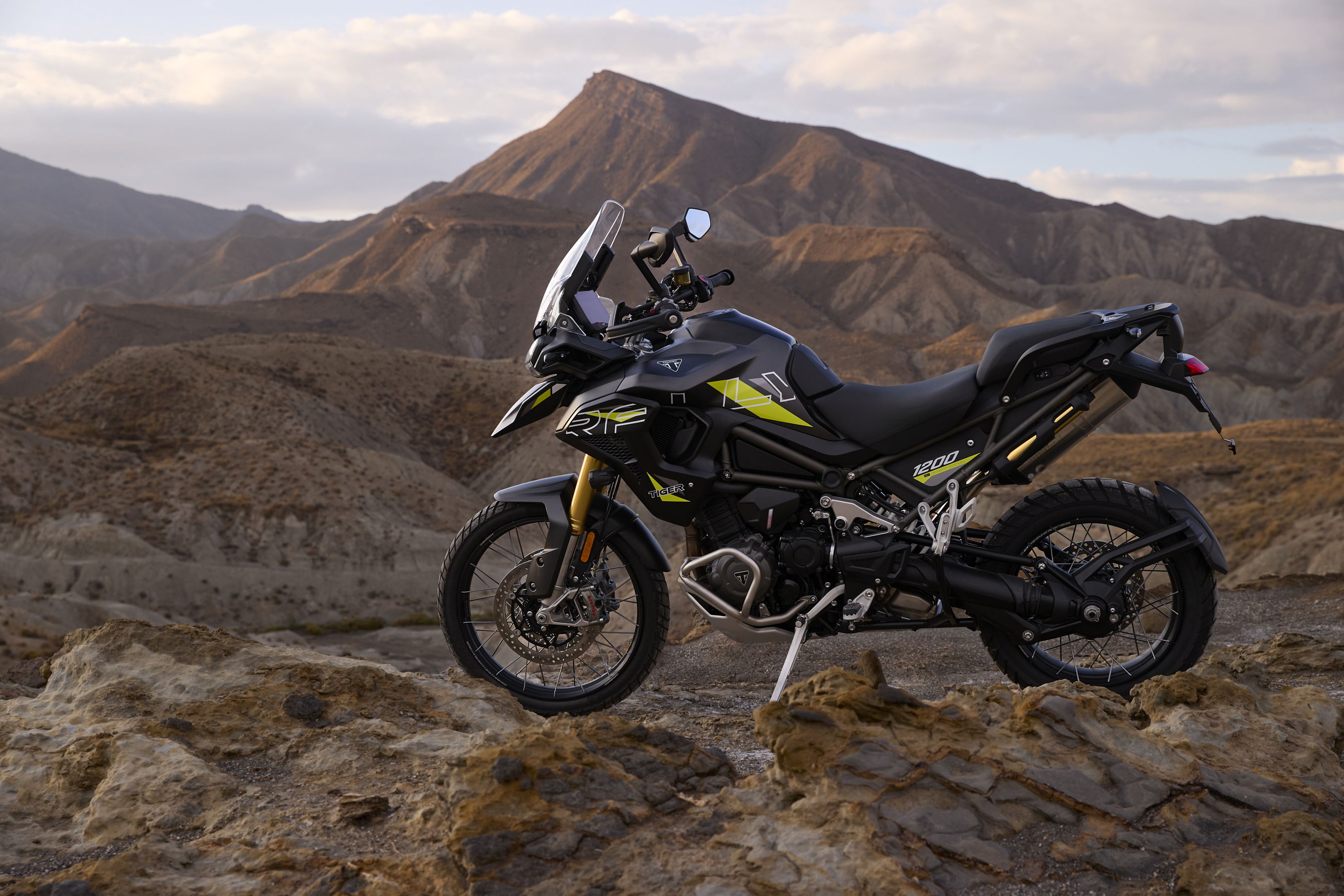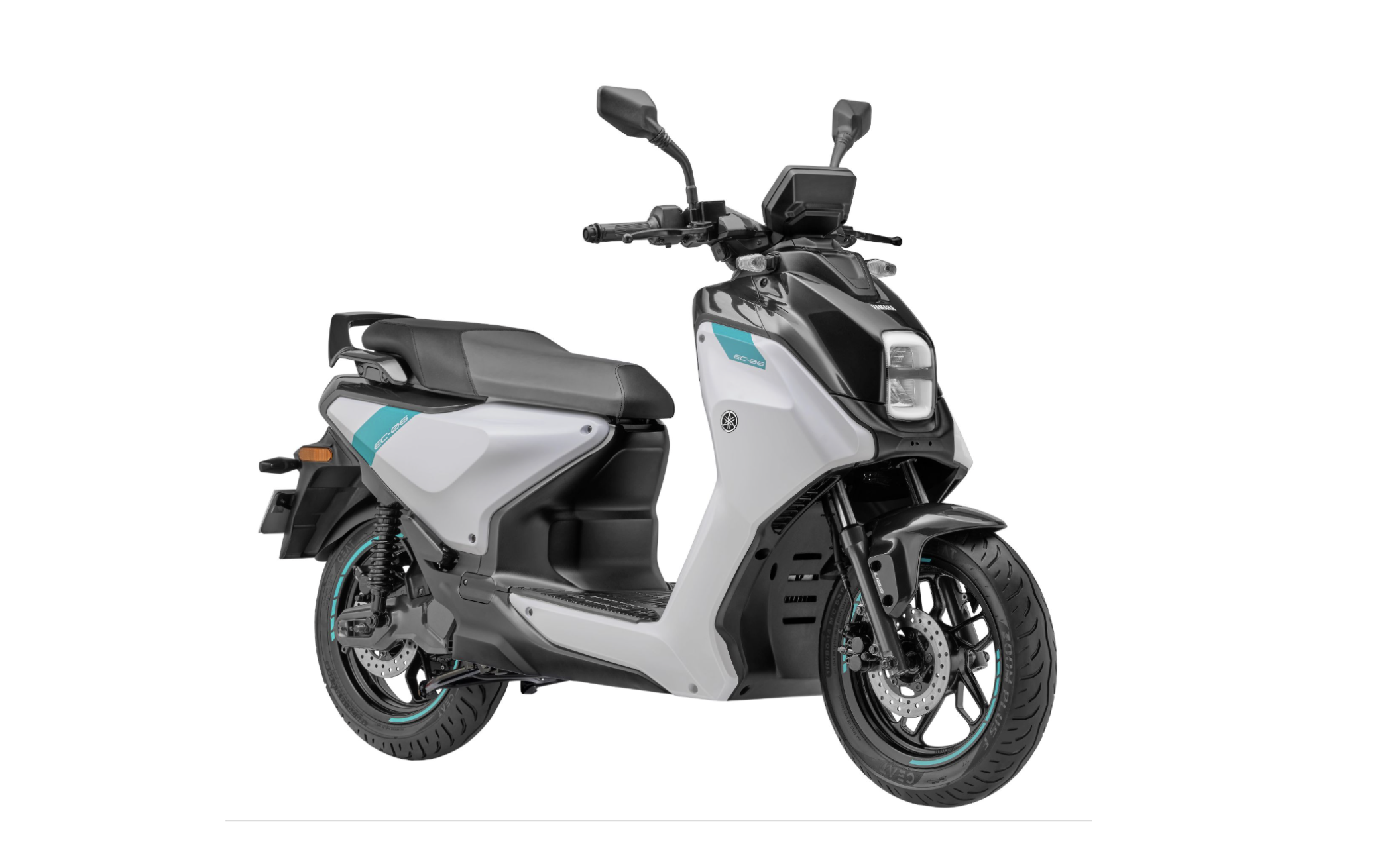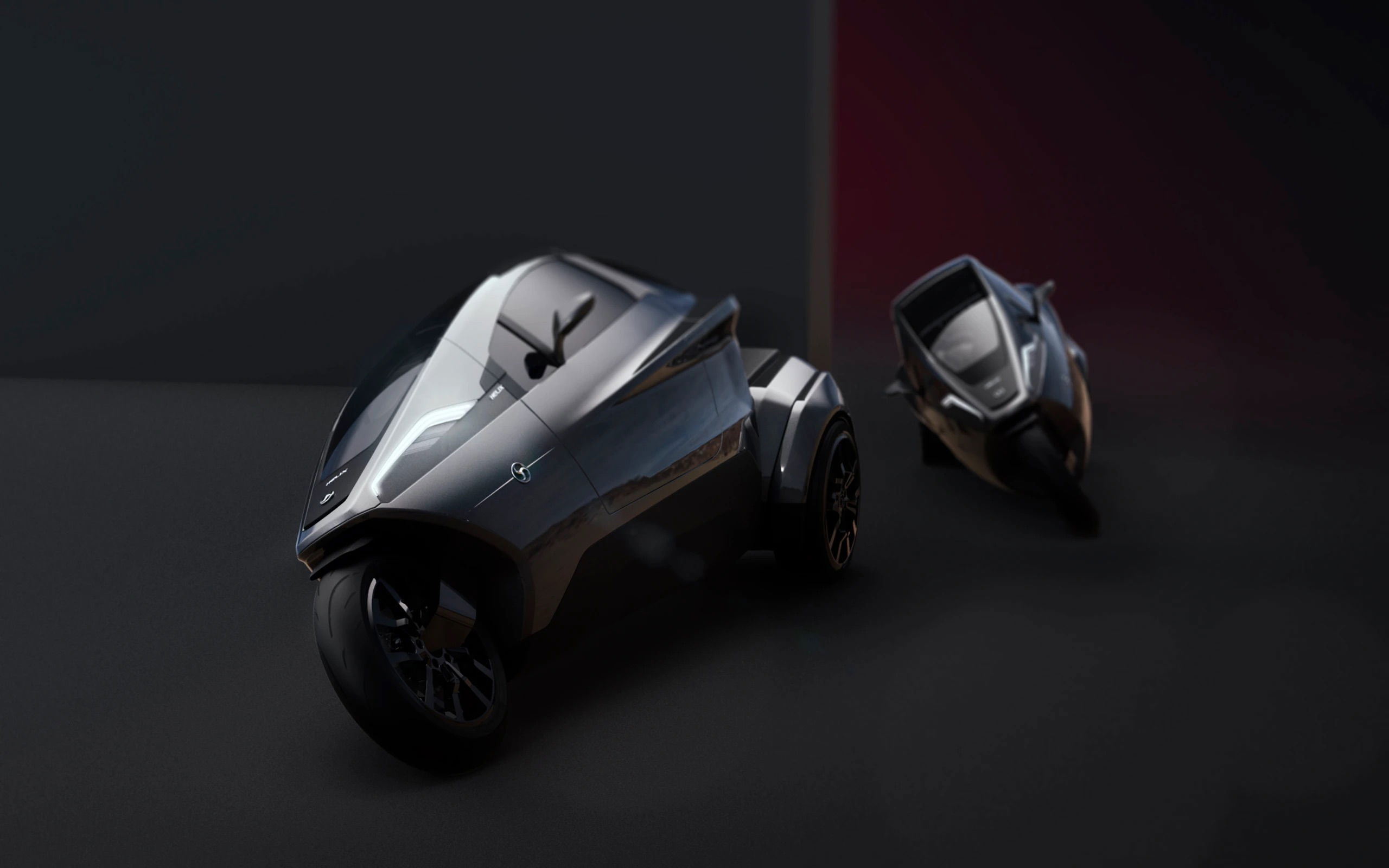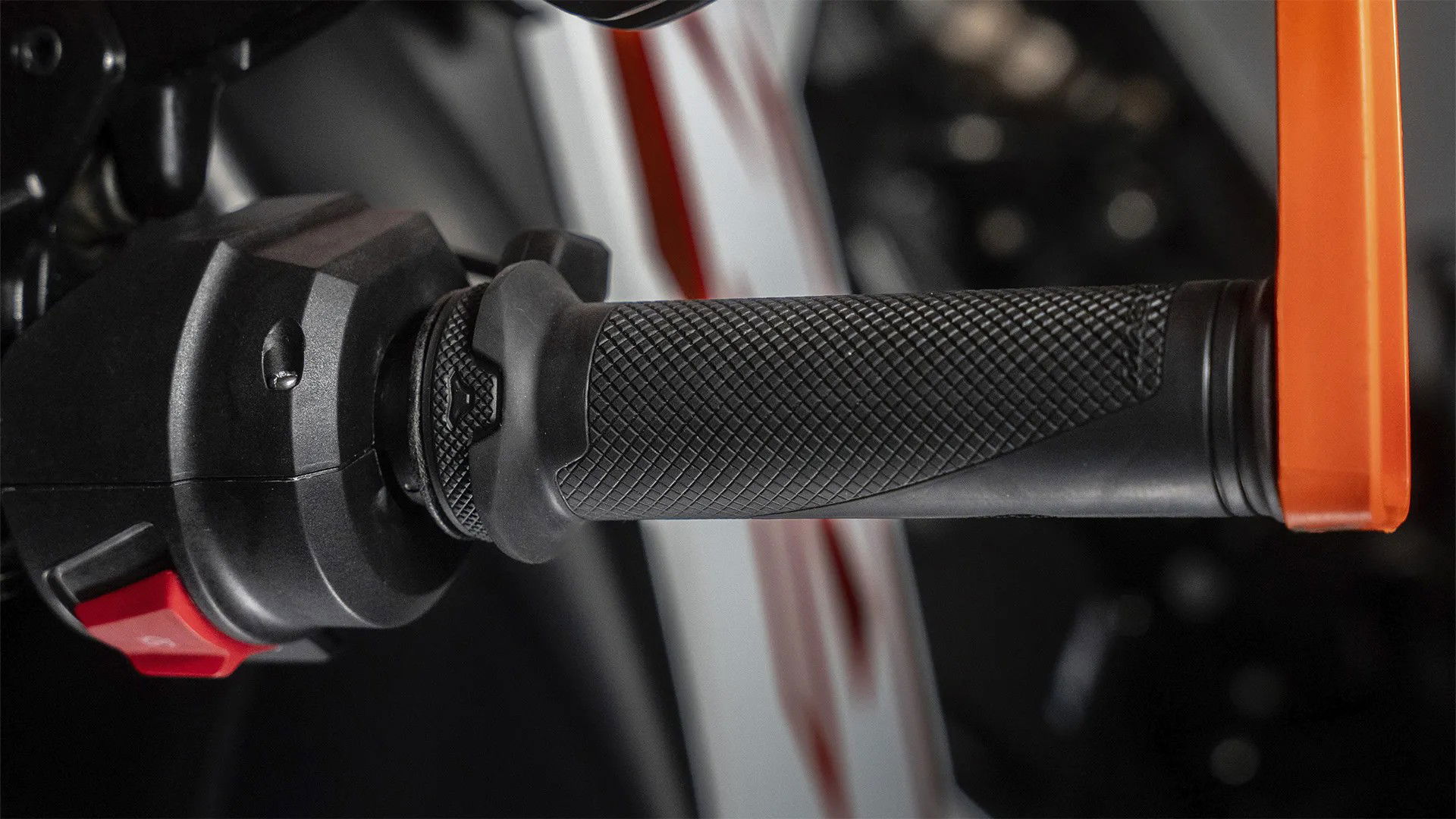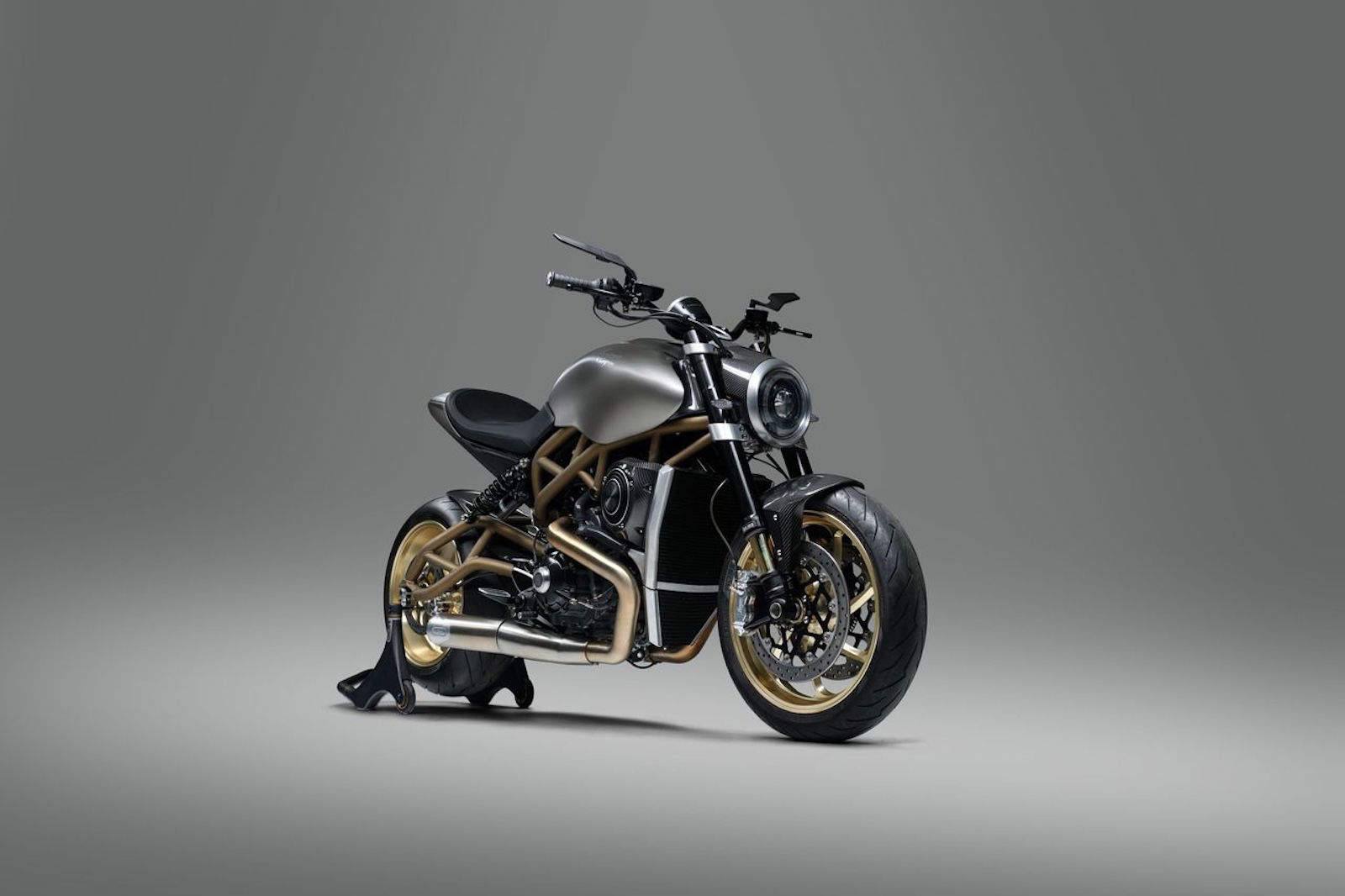The great WorldSBK revolt in Argentina that led to Rea being branded ‘spineless’
Remembering the day WorldSBK riders rose up in arms against the FIM... only to collapse like a stack of Jenga when the central pillar Jonathan Rea 'reneged'

Motorcycle racers are generally an opinionated lot.
True, there are fewer instances of riders sauntering around the paddock with women (plural) draped on each arm and giving interviews with a fag hanging out the corner of their mouth, but compared with the more sanitised world of F1 where it takes 4 press officers to screw in a lightbulb and remind it what not to say, bikers are generally more rogue in saying their piece.
Bikers will also stand up for themselves when it comes to ensuring they’re all able to play safe, even if this isn’t always universal and can occasionally result in a bit of machismo ego-swinging to suggest ‘well, I can race in these conditions and my xxxx is bigger than yours…’
Rain and standing water are normally the catalyst for arguments between riders worrying about aquaplaning and officials worrying about aquaplaning but doing so within the allocated TV time slot.
However, the visit to the San Juan Villicum (which sounds like a Bond-style underground lair but in a Spaghetti Western) was a different matter entirely, one that turned riders against the FIM before riders then turned on each other, leading to a revolt that didn’t quite have the impact it should have done.
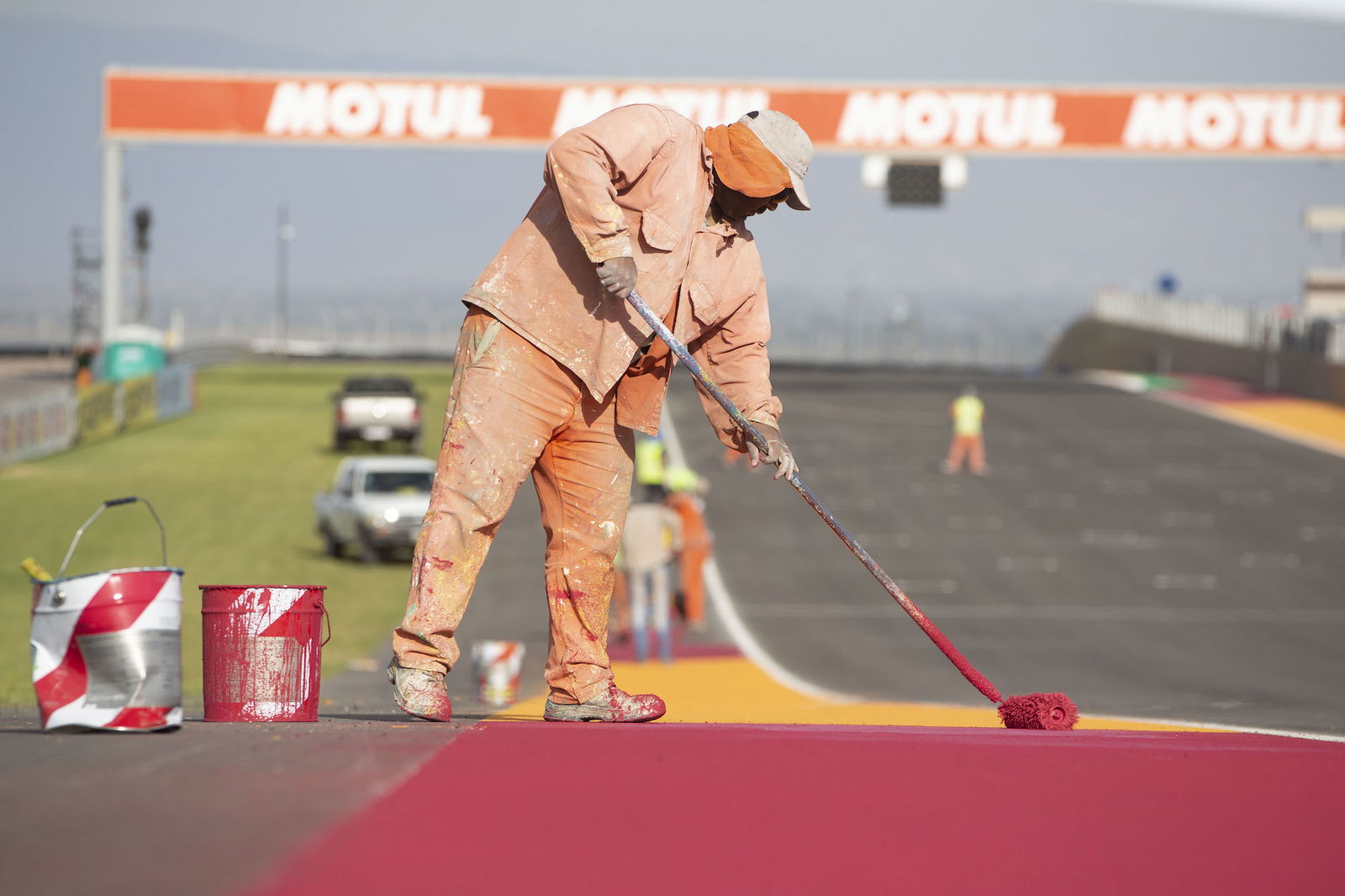
To say San Juan Villicum is something of a trek to reach is an understatement. MotoGP already has its own logistical headache of charter flights to reach the similarly tucked away Termas de Rio Hondo circuit, but instead of utilising this knowledge for a WorldSBK race there, it instead heads to a small town in the west nestled among the Andes.
A truly breathtaking backdrop for a race, it is however secluded enough so that it is scant used the remainder of the year beyond the (popular) TC2000 touring car series and track days. Then again, 80,000 fans made the trip for its inaugural race in 2018, so no-one can question the enthusiasm of the locals.
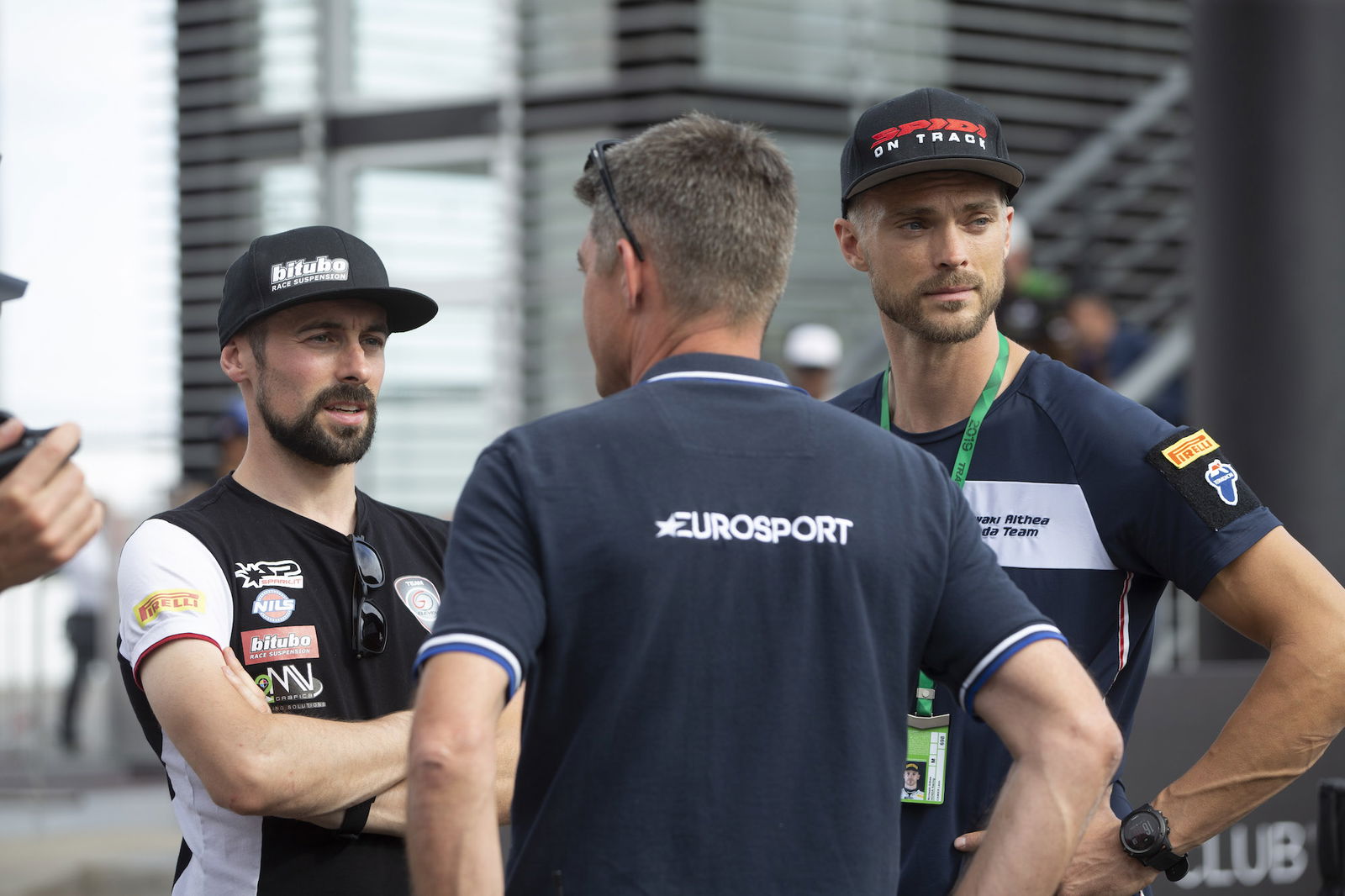
"WorldSBK shouldn't have homologated this track..."
Even so, they very nearly didn’t get a race at all in 2019 after riders reported track conditions that were so dangerous, they barely ventured out of the pit lane through fear of throwing it down the road.
The issues were two-fold. The mountainous region is prone to high winds bringing with it dust and sand, leaving it to the riders to act as brooms, albeit only along a slender racing line.
Of more concern was oil seeping onto the surface, the result of new asphalt being laid down prior to the event, only to have used the wrong mix that subsequently melted slick fluids that rose to the surface in Argentina’s scorching conditions.
The criticism was universal, with riders worried about the high risk of crashing on the racing line, let alone venturing off it to attempt an overtake.
Some of the more experienced racers pointed the finger of blame at the FIM, claiming it carelessly took a blind eye to its own homologation criteria to ensure the best-attended event on the calendar still went ahead.
It was later revealed the FIM had instructed the circuit to be resurfaced during an earlier homologation assessment but left it until the day before free practice to give the final sign off, making it impossible for modifications to be made anyway.
“This track should have never been homologated,” Eugene Laverty attested at the time.
“What is the point of having homologation standards in place if when you come and you look at a list of five items and say ‘they haven’t done anything close to that and feeling pressure from TV and the rest and signing it off on Thursday night.
“The asphalt level isn’t homologated to FIM standard, the guys that surfaced the track, they didn’t put the correct mix and that is why it is coming up at a certain temperature.
Emboldened by their numbers, rumours of a boycott spread quickly and just before the start of the race it was clear not every rider was going to take to the startline, preferring instead to remonstrate with a stressed Gregoria Lavilla in front of the cameras.
It led to six riders sticking to their guns and refusing to compete; Laverty, Leon Camier, Chaz Davies, Marco Melandri, Ryuichi Kiyonari and Sandro Cortese. Six very experienced riders, albeit a few that have had their brush with painful injuries in the past…
With ‘only’ a third of the grid missing (18 riders down to 12), the FIM shrugged at the modest anti-turn out and the race went ahead.
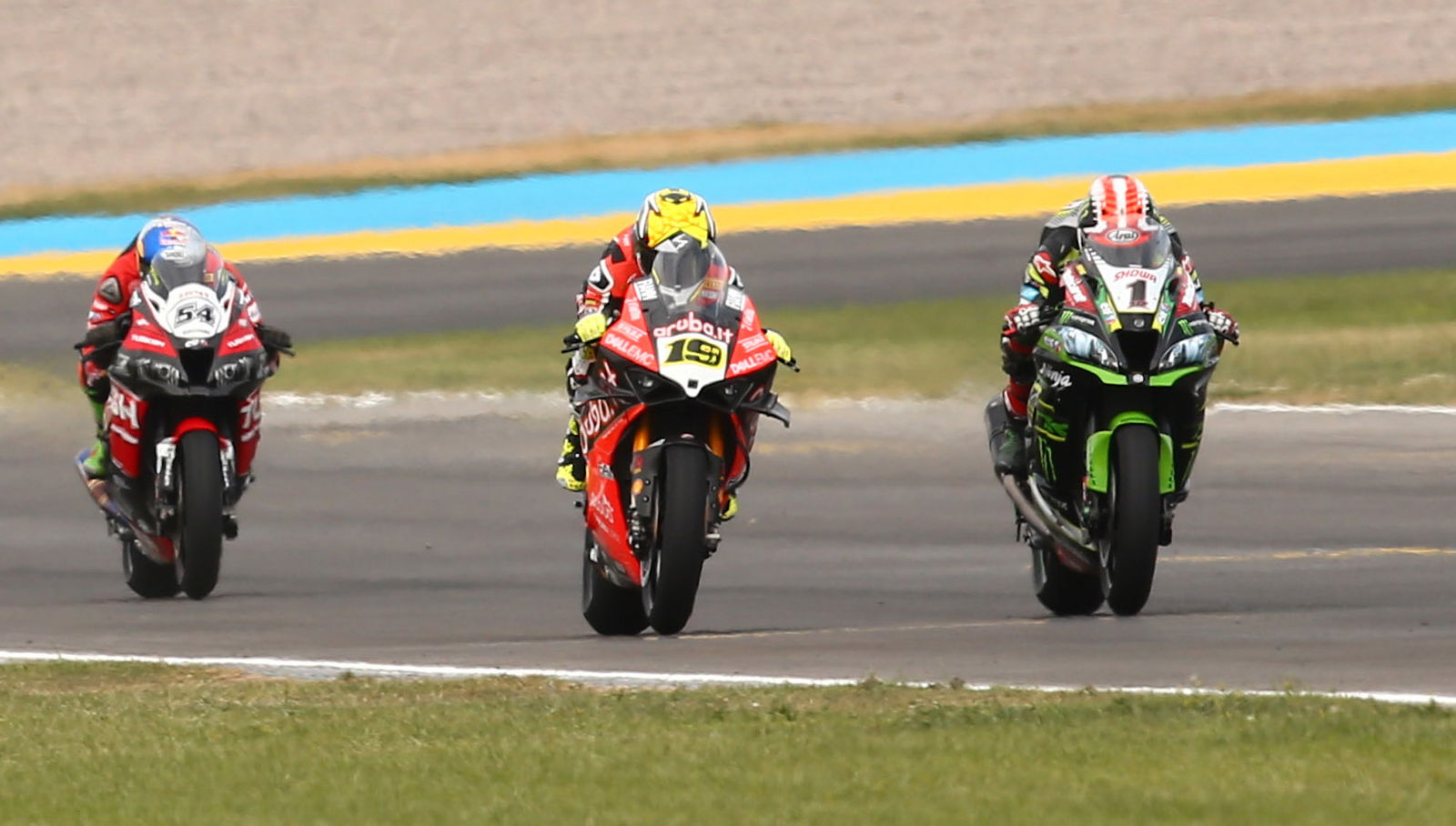
Why Jonathan Rea was publicly shamed as 'spineless'
However, it could have been very different with Laverty claiming later that 90% of the riders agreed not to race, which would have forced the FIM to sit up and take notice. So what happened?
Well, for some the riot act was read, not just by the FIM but by their own teams, who were in turn getting a firm leaning on from the FIM.
Key to the riders getting what they wanted was (then) five-time WorldSBK champion Jonathan Rea, who was reportedly front and centre of the boycott… only to then change his mind and take up his starting position.
His change of tact took the strength out of the revolt, which didn’t endear him to those that held firm.
Indeed, Laverty was vocal about what he considered to be dodgy dealings going on to undermine the riders’ legitimate fears, saying the FIM had been ‘underhand’ in going over the riders’ heads to lay down the law (and contract terms) to team bosses.
It is notable that all Kawasaki riders started the race, primarily because it was locked in a fight for the manufacturers’ crown with Ducati.
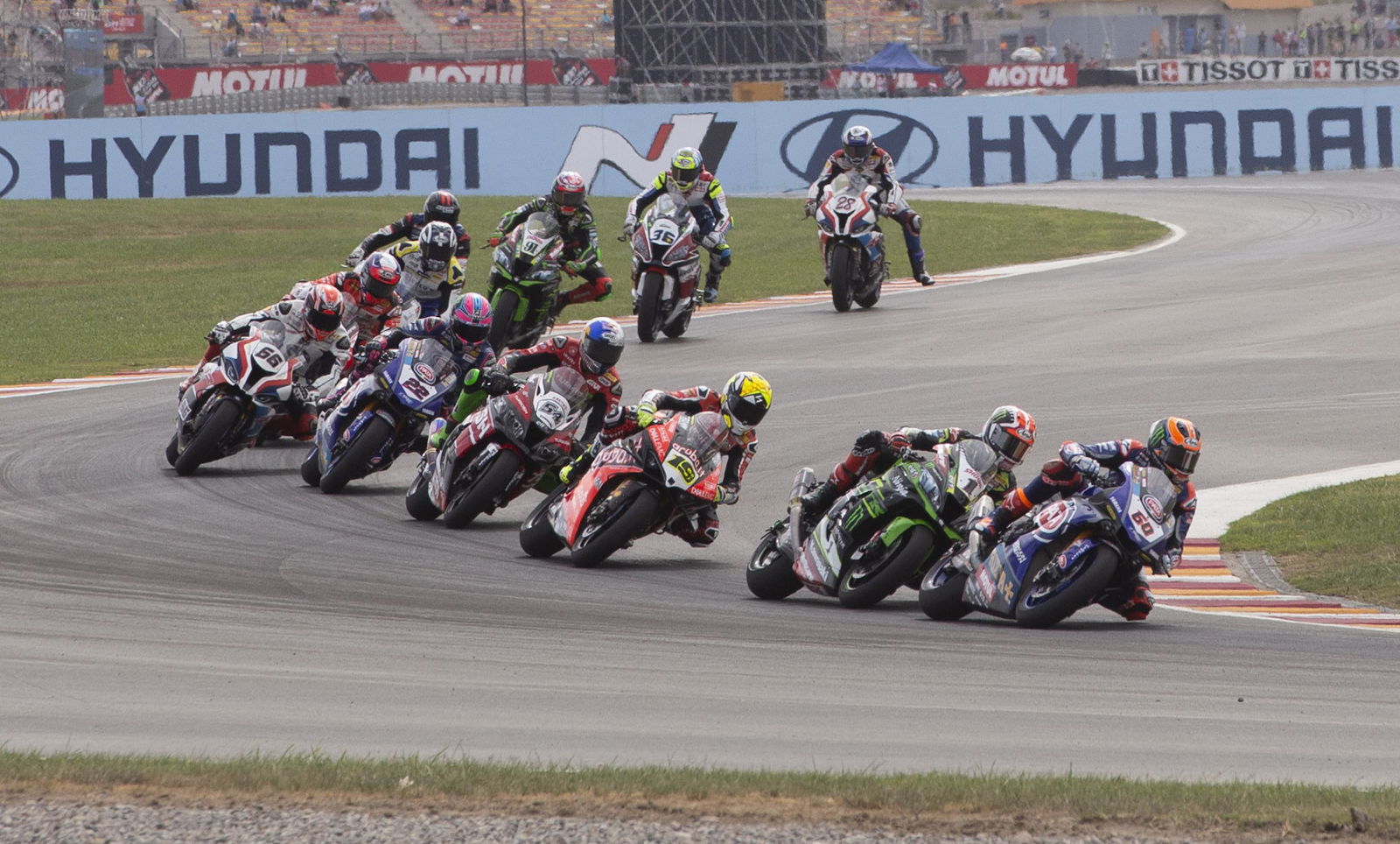
However, Laverty saved his sharpest critique for Rea himself, branding him ‘spineless’ for reneging on the revolt, saying his influence and status essentially dragged others along with him, diluting the grand plan.
“There are always going to be a few fellas that want to ride,” he said at the time. “[Michael Ruben] Rinaldi wanted to ride for whatever reason, but we had guys like the World Champion Johnny Rea with us, stood there ready to support us, he didn’t want to ride, Alex Lowes didn’t want to ride… so there weren’t many riders that wanted to.
“Really disappointed in Johnny Rea, he is our representative as the world champion, he needed more backbone, he made a very spineless decision to go and race. It’s something I will speak to him about afterwards.”
Whether by fluke, overt cautiousness or the fact the circuit doesn’t invite terribly close racing, ironically the race weekend saw a meagre three crashes across all practice and qualifying sessions, plus the three races, somewhat favouring the FIM’s argument while breathing a sigh of relief the drama had passed.
Post-event the FIM went on the offensive, stubbornly holding its stance with a ‘paint by numbers’ statement that trotted out well-worn formalities that safety is the highest priority and that standards are always maintained, before digging at the riders by claiming they didn’t pipe up when they had the chance to do so.
Either way, two years have since passed and one would expect race promoters to have gone to every effort to avoid such bad publicity for the 2021 WorldSBK event in Argentina
If all else fails, one hopes they’ve at least employed more trusty broom-brandishing marshals for some humorous phantom curling...
